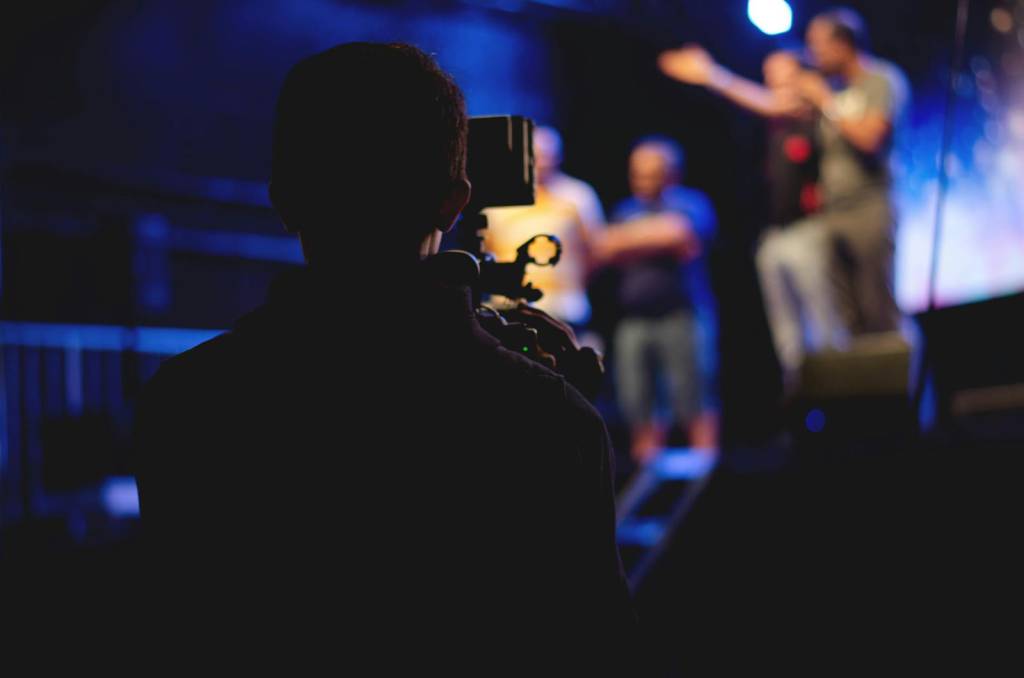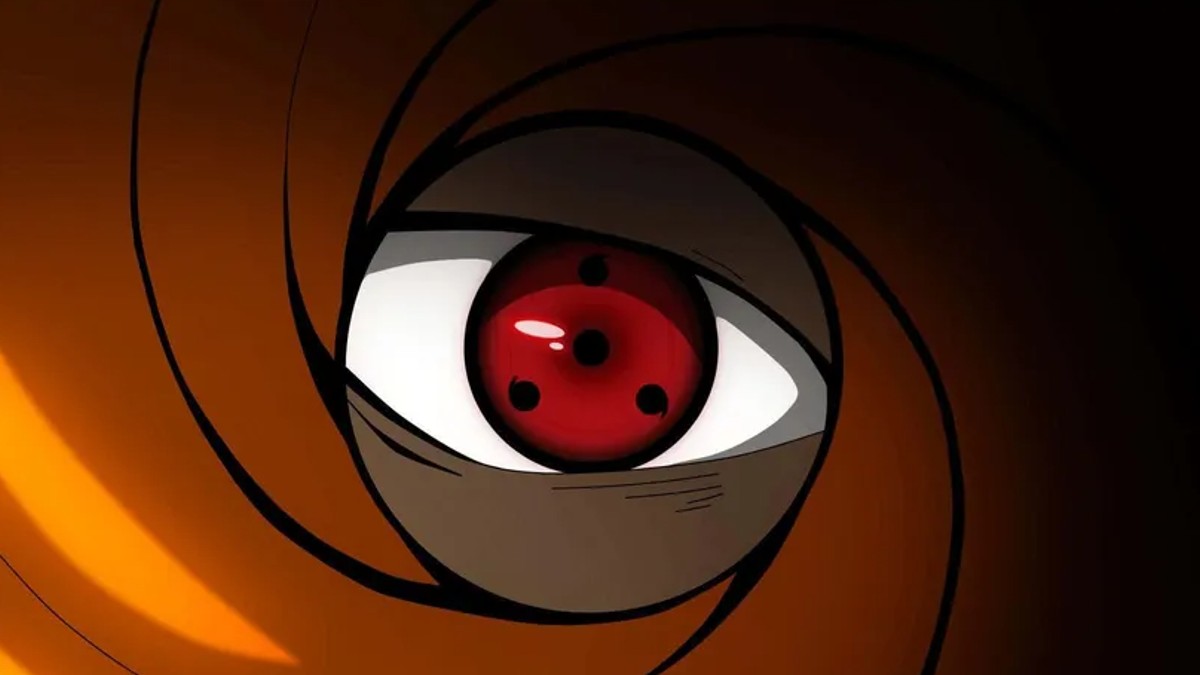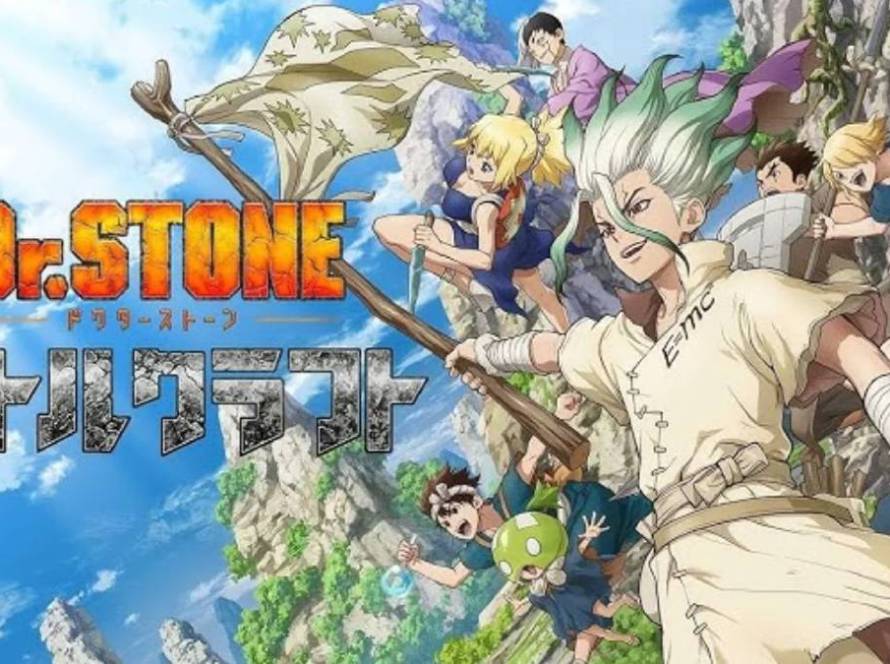Imagine scrolling through your social feed when suddenly you see it – Hollywood is taking on one of anime’s biggest titans: Naruto Live Action. 🍥 The announcement of a live-action Naruto movie has sent shockwaves through the anime community, stirring up a whirlwind of emotions from excitement to sheer terror.
For many fans, the memories of Dragon Ball Evolution and Death Note Netflix adaptation still leave a bitter taste. Yet, with recent successes like One Piece on Netflix, there’s a glimmer of hope that this beloved ninja saga might break the “anime adaptation curse.” The stakes couldn’t be higher – we’re talking about a franchise that has shaped an entire generation of anime enthusiasts. 🦊
As we dive into the details of this massive undertaking, let’s explore what this adaptation means for the franchise, why fans are both thrilled and worried, and what challenges lie ahead in bringing the Hidden Leaf Village to life on the big screen. Will this be the adaptation that finally does justice to Masashi Kishimoto’s masterpiece?

The Announcement That Shook the Anime World
Breaking Down the Official Announcement OF Naruto Live Action
Lionsgate’s surprise announcement of a live-action Naruto adaptation sent shockwaves through the anime community. The studio revealed their ambitious plans to bring Masashi Kishimoto’s beloved ninja saga to life, with the creator himself confirmed to be closely involved in the project’s development. The initial announcement emphasized a commitment to honoring the source material while reimagining it for a broader audience.
Key Production Team Members Revealed
The project has assembled an impressive lineup of industry veterans:
- Destin Daniel Cretton (Shang-Chi) attached as director
- Michael Gracey (The Greatest Showman) as producer
- Masashi Kishimoto serving as executive producer and creative consultant
- Avi Arad joining the production team, bringing his Marvel adaptation experience
Initial Social Media Reactions
The announcement triggered an unprecedented surge of reactions across social media platforms. Fan responses broadly fell into three categories:
- Enthusiastic supporters celebrating the franchise’s Hollywood recognition
- Cautiously optimistic fans citing recent successful adaptations like One Piece
- Skeptical viewers remembering past disappointing anime adaptations
Twitter hashtags #NarutoMovie and #LiveActionNaruto trended globally within hours of the announcement, generating over 500,000 posts in the first 24 hours. The anime community’s engagement demonstrated the franchise’s enduring popularity and the high stakes involved in adapting such beloved source material.
Studio Involvement and Budget Details
Lionsgate has demonstrated their commitment to the project with a reported initial budget of $120 million, positioning it as a potential blockbuster franchise starter. The studio’s partnership with Japanese production company Pierrot, the original anime’s producer, signals a dedicated effort to maintain authenticity.
Key budget allocations include:
- State-of-the-art visual effects for jutsu sequences
- Practical effects and stunts for ninja combat scenes
- Location shooting in both Japan and New Zealand
- Extended pre-production period for character design and world-building
The production team has emphasized their focus on balancing spectacle with storytelling, acknowledging that the success of the adaptation depends on capturing both the action-packed nature of Naruto’s ninja world and the emotional depth that made the original series resonant with millions of fans worldwide.
Now that the project’s foundation has been established, fans are naturally turning their attention to Hollywood’s track record with anime adaptations, wondering if Naruto can break the cycle of disappointing live-action conversions.
Looking Back at Past Anime Adaptations
Learning from Dragon Ball Evolution’s Mistakes
Dragon Ball Evolution stands as a cautionary tale in anime-to-live-action adaptations. The 2009 film’s crucial missteps include:
- Fundamental misunderstanding of source material
- Oversimplification of complex character motivations
- Westernization of distinctly Japanese cultural elements
- Poor implementation of martial arts and special effects
- Deviation from core storylines that fans cherished
Success Stories in Anime-to-Live-Action
Recent adaptations have shown promising results, demonstrating that success is possible with the right approach. The Netflix adaptation of One Piece has set new standards by:
- Maintaining faithful character designs while making them realistic
- Preserving the spirit and emotional core of the source material
- Investing in high-quality visual effects
- Involving original creators in the production process
- Casting actors who understand and respect the source material
The live-action Rurouni Kenshin series also proved successful by balancing historical accuracy with fantastical elements, while the Japanese adaptation of Bleach showed how to effectively translate supernatural powers to screen.
Cultural Challenges in Adaptation
Adapting anime involves navigating complex cultural elements that don’t always translate seamlessly to live-action:
- Japanese storytelling conventions differ significantly from Western narrative structures
- Certain anime expressions and reactions can appear exaggerated when performed by real actors
- Cultural concepts like chakra and jutsu require careful presentation to maintain authenticity
- The balance between Eastern and Western audience expectations needs careful consideration
- Traditional Japanese values and themes must be preserved while remaining accessible to global audiences
The success of recent adaptations shows that these challenges aren’t insurmountable. The key lies in understanding what worked and what didn’t in previous attempts. For instance, Alita: Battle Angel demonstrated how to properly adapt anime-style action sequences, while Death Note’s Netflix adaptation showed the risks of excessive localization.
The lessons from past adaptations suggest that staying true to the source material while making necessary adjustments for the medium is crucial. As we look toward Naruto’s live-action adaptation, these past experiences provide valuable insights into what approaches might work best for bringing the ninja world to life.
Now that we understand the historical context of anime adaptations, let’s explore what fans specifically expect from the Naruto live-action film.
Fan Expectations and Concerns
Casting Choices and Racial Representation
The casting of Naruto’s live-action adaptation stands as one of the most scrutinized aspects among fans. The anime community strongly advocates for Asian representation, particularly Japanese actors, to maintain authenticity. Following the success of One Piece’s diverse yet respectful casting approach, fans expect similar thoughtfulness in selecting actors who can both physically embody the characters and capture their distinct personalities.
Special Effects for Jutsu and Ninja Techniques
The implementation of jutsu poses a significant technical challenge. Fans expect:
- Seamless integration of CGI for chakra visualization
- Realistic hand sign sequences that maintain the speed and fluidity seen in the anime
- Practical effects combined with visual effects for techniques like the Rasengan and Shadow Clone Jutsu
- Balance between spectacle and believability in ninjutsu portrayal
Staying True to the Source Material
The anime community has expressed concerns about potential storyline modifications. Key expectations include:
- Faithful adaptation of the Land of Waves arc as a potential starting point
- Preservation of core character relationships, especially Team 7’s dynamic
- Accurate portrayal of the ninja combat system and chakra mechanics
- Retention of critical character development moments that shaped the original narrative
Fight Choreography Expectations
Combat sequences in Naruto require a delicate balance of martial arts and supernatural elements. Fans anticipate:
- High-level martial arts choreography that reflects the unique fighting styles of each character
- Dynamic camera work that captures the speed and intensity of ninja battles
- Integration of tactical elements and strategy in fight sequences
- Practical stunts enhanced by CGI rather than purely computer-generated action
Japanese Cultural Elements Preservation
The preservation of Japanese cultural elements remains crucial for maintaining the series’ authenticity. Essential aspects include:
- Accurate representation of shinobi traditions and customs
- Proper use of Japanese terminology and honorifics
- Authentic portrayal of village architecture and design
- Respectful depiction of Japanese social hierarchies and values
With these extensive fan expectations, the production team faces the challenge of balancing artistic innovation with faithful adaptation. The success of recent adaptations like One Piece has shown that meeting these expectations isn’t impossible, but requires careful attention to detail and respect for the source material. As we examine the production challenges ahead, it becomes clear that satisfying these fan expectations will require unprecedented technical and creative solutions.

Production Challenges
Translating Iconic Character Designs
Converting Naruto’s distinct character designs into live-action presents significant hurdles. The signature spiky blonde hair, vibrant orange jumpsuit, and ninja headbands must strike a delicate balance between authenticity and realistic adaptation. Key considerations include:
- Practical costume design that maintains mobility for action sequences
- Natural-looking hair and makeup that honors anime aesthetics
- Realistic interpretation of ninja gear and weapons
- Subtle integration of character markings (like Naruto’s whiskers)
Balancing Eastern and Western Storytelling
The challenge of preserving Naruto’s Japanese storytelling elements while appealing to a global audience requires careful consideration. Critical aspects include:
- Maintaining the core themes of perseverance and bonds
- Adapting Japanese cultural elements without losing their essence
- Incorporating Western pacing without sacrificing character development
- Finding the right tone between drama and action
Managing the Extensive Ninja Universe
The complex ninja world of Naruto presents unique production challenges:
- Creating believable chakra-based jutsu through CGI
- Designing practical sets for iconic locations like Konoha
- Establishing clear visual rules for ninja abilities
- Crafting convincing hand signs that look both authentic and dramatic
The implementation of jutsu poses perhaps the greatest technical challenge. Visual effects must seamlessly blend with practical martial arts, creating spectacular yet grounded ninja techniques. This includes developing realistic representations of:
- Basic ninja techniques like Shadow Clone Jutsu
- Element-based attacks such as Fireball Jutsu
- Unique character abilities like the Sharingan
- Large-scale battle sequences involving multiple jutsu
The production team must also consider the physical demands on actors performing complex martial arts sequences while maintaining character authenticity. This requires extensive training in both traditional martial arts and specialized choreography that incorporates hand signs and jutsu movements.
Budget allocation becomes crucial when balancing practical effects with CGI. Recent successful adaptations like Netflix’s One Piece have shown that strategic use of both elements can create compelling results. The production must carefully choose which elements require high-end visual effects and where practical solutions might better serve the story.
Now that we understand the technical challenges, let’s examine how these production decisions could impact the overall franchise and its future.

Potential Impact on the Franchise
Box Office Predictions
The Naruto live-action adaptation stands poised to make significant waves at the global box office, particularly following the success of recent anime adaptations like One Piece. Industry analysts project potential earnings between $400-600 million worldwide, with particularly strong performance expected in Asian markets where the franchise has deep roots. The film’s success could largely depend on its ability to attract both die-hard fans and general audiences unfamiliar with the source material.
Future of Anime Adaptations
This adaptation represents a crucial turning point for anime-to-live-action conversions. Key factors that could influence future adaptations include:
- Production quality standards for ninja techniques and jutsu visualization
- Balance between staying faithful to source material and western audience accessibility
- Integration of practical effects with CGI for authentic ninja combat
- Treatment of core themes like friendship and perseverance
Success here could pave the way for more high-budget anime adaptations, potentially leading to a new golden era of live-action anime content.
Impact on Naruto’s Global Fanbase
The live-action adaptation is already reshaping the franchise’s global presence. New audiences are discovering the original manga and anime series, leading to:
- Increased streaming numbers for the original anime
- Rising manga sales across international markets
- Growing social media engagement around Naruto content
- Expanded merchandise opportunities
However, the adaptation also risks dividing the fanbase between purists who prefer the original format and newcomers whose first exposure is the live-action version.
Possibility of a Film Series
With Naruto’s extensive source material spanning multiple arcs, the potential for a film series is substantial. Early plans suggest a focus on the Land of Waves arc as a starting point, with room to expand into:
- The Chunin Exams saga
- The Search for Tsunade arc
- The Sasuke Retrieval storyline
- The Akatsuki conflict
The success of the initial film will be crucial in determining whether the franchise can sustain a multi-movie series, similar to successful fantasy franchises. Studios are likely already mapping out potential sequel storylines, with particular attention to how the ninja world’s complex narrative can be adapted for sequential film releases.
Now that we understand the potential impact of this adaptation, it’s crucial to recognize how these expectations and possibilities will shape the production decisions being made today. The creative team faces the challenge of not just making a successful standalone film, but potentially laying the groundwork for an entire cinematic universe.
The journey from manga to live-action is a delicate balance between honoring the source material and creating something fresh for a new medium. While previous anime adaptations have faced mixed reactions, Naruto’s global popularity and rich storytelling present both unique opportunities and significant challenges. The success of this adaptation could redefine how anime properties are translated to live-action productions.
For fans and newcomers alike, this adaptation represents more than just another movie – it’s a chance to bring Naruto’s inspiring message of perseverance and friendship to a broader audience. As production moves forward, the key to success will lie in staying true to the heart of the story while embracing the creative possibilities that modern film making offers. Whether this adaptation becomes a landmark achievement or a learning experience, it marks an important chapter in Naruto’s enduring legacy.




2 Comments